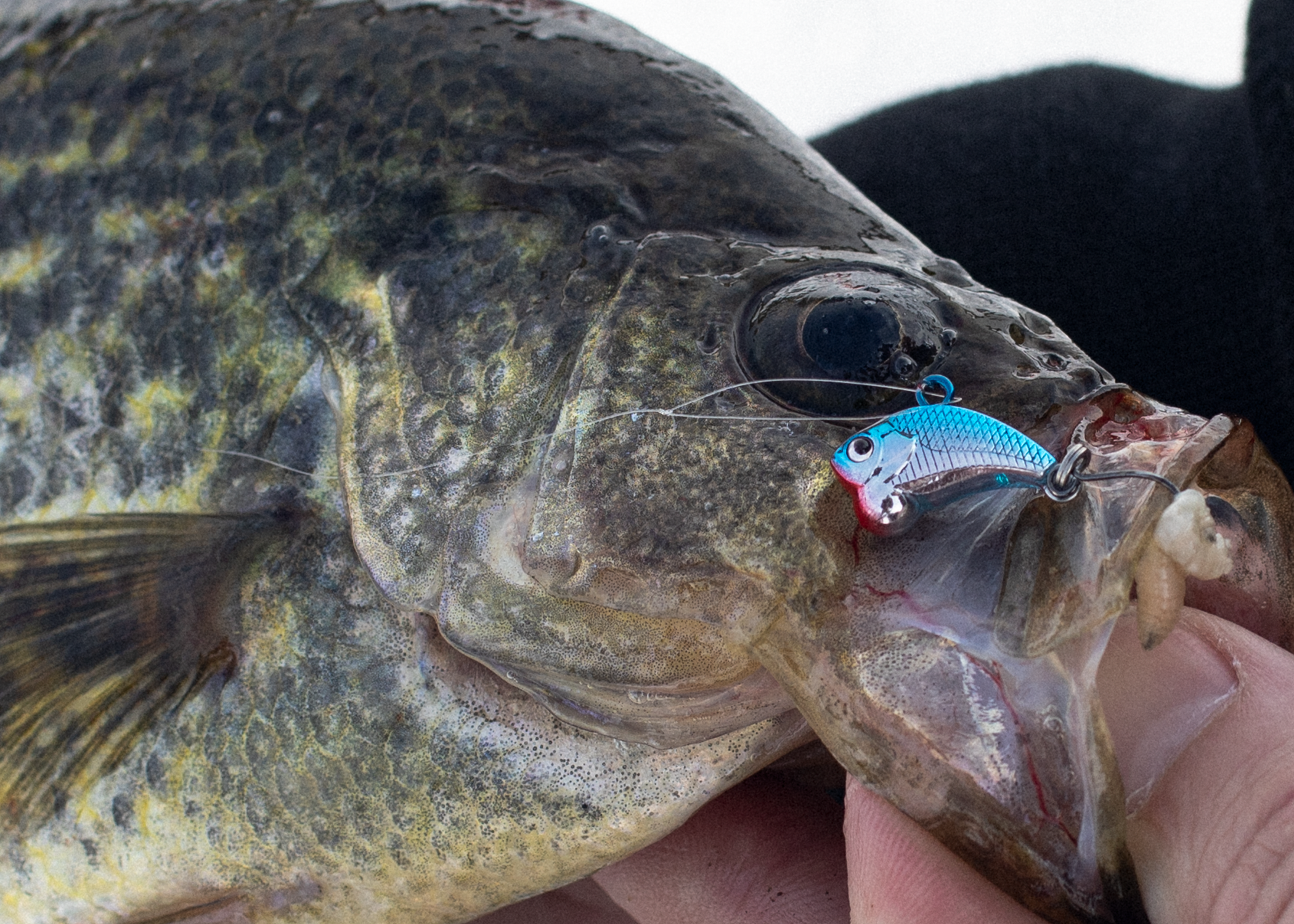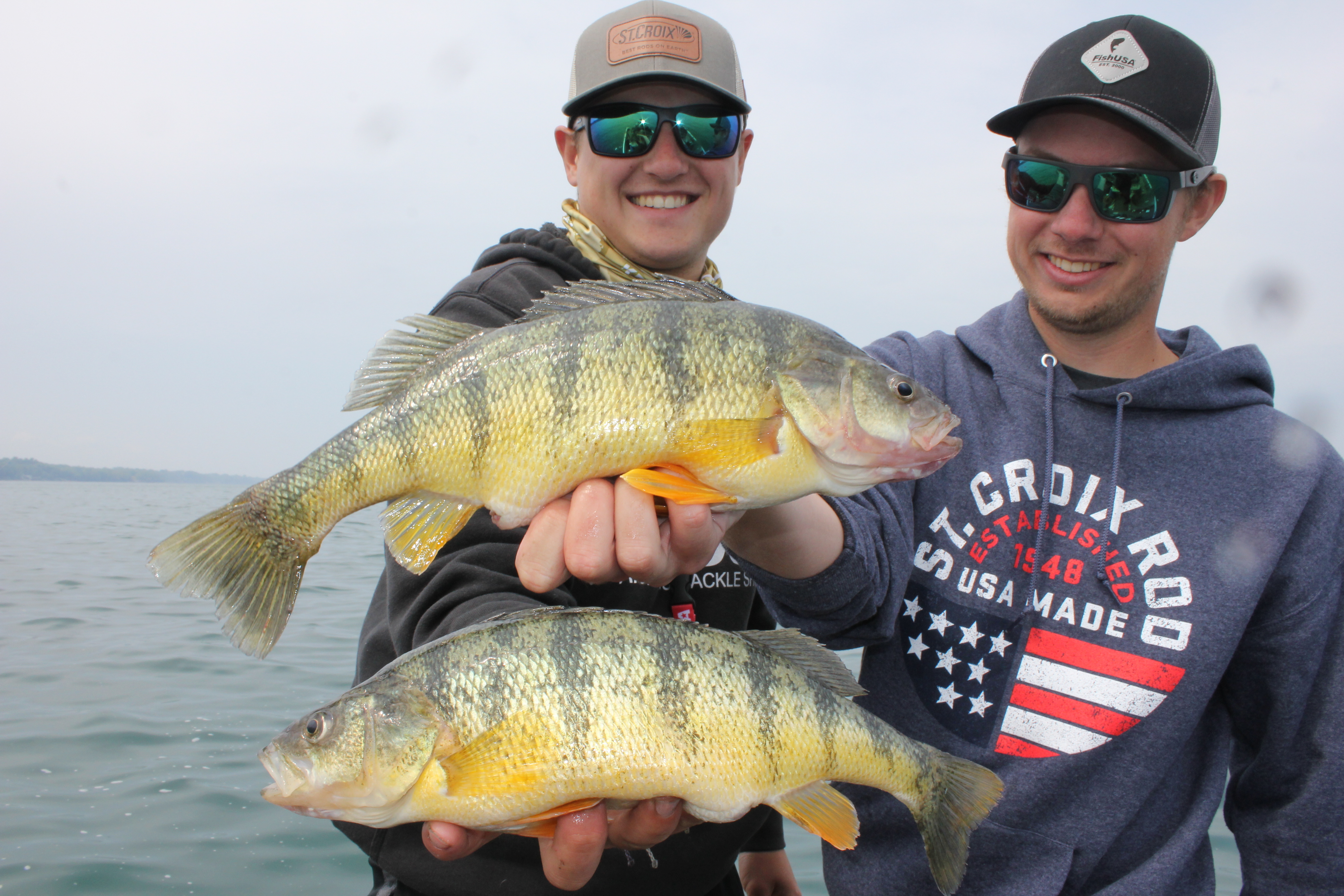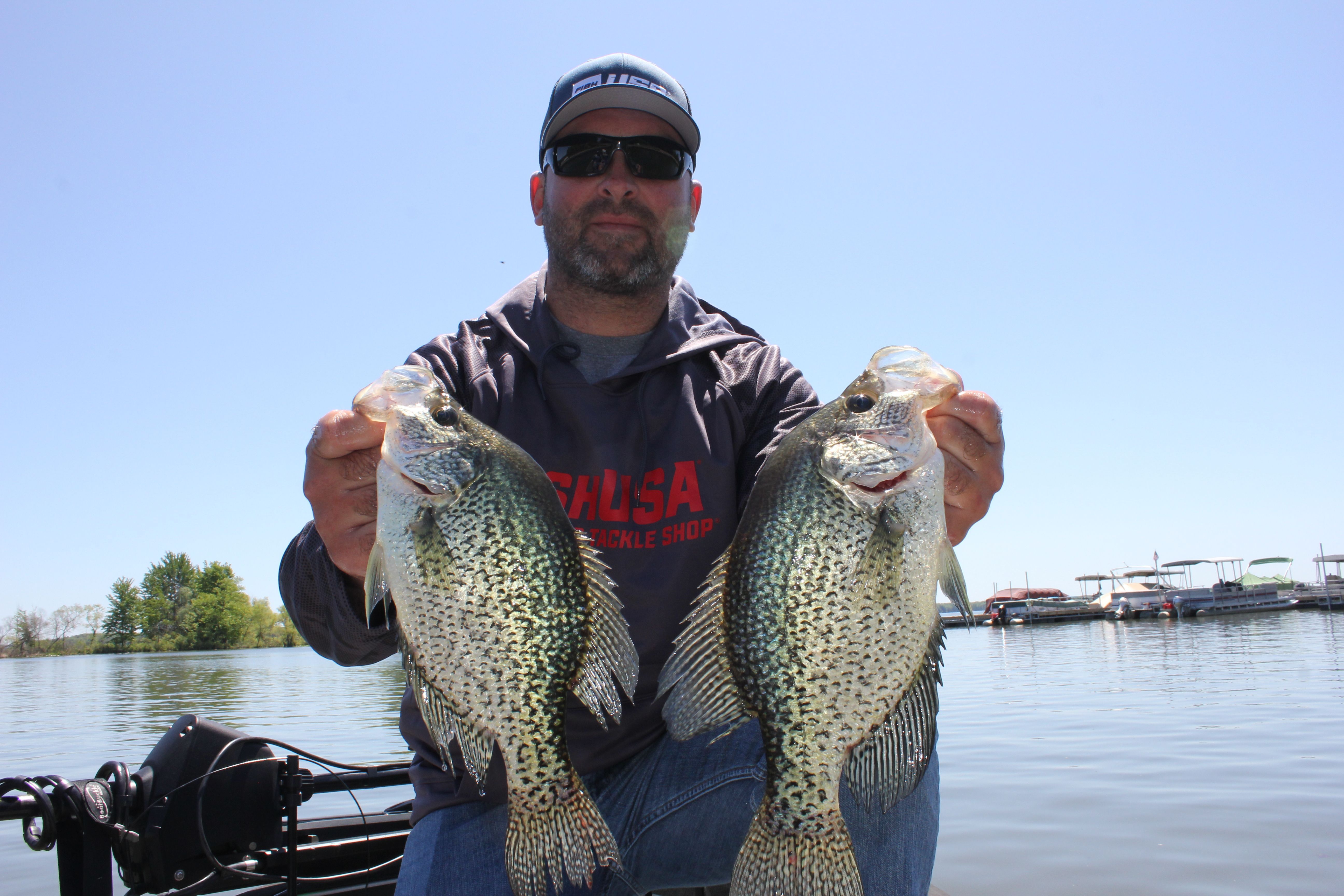Using Live Bait for Panfish
Table of Contents
Size Matters Most
Always Tip Your Jig

Don’t Skimp on Bait
Double Tail Hook Your Minnow
Don’t Overlook Red Worms
Use Perch Eyes for Perch

Try Grasshoppers and Crickets
Match the Hatch
Use Attractants
Keep Your Bait Fresh

Shop Panfish Tackle & Gear

